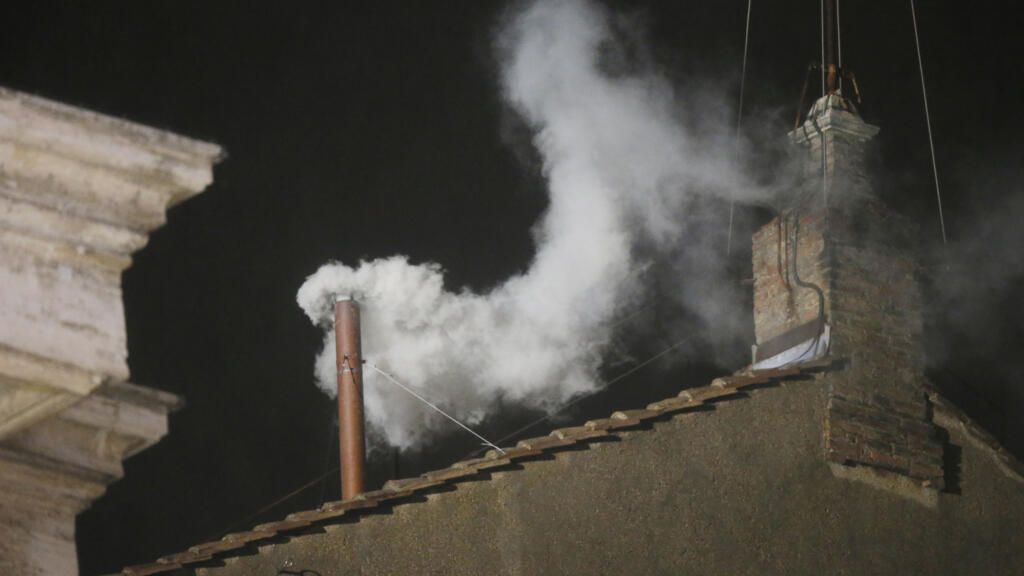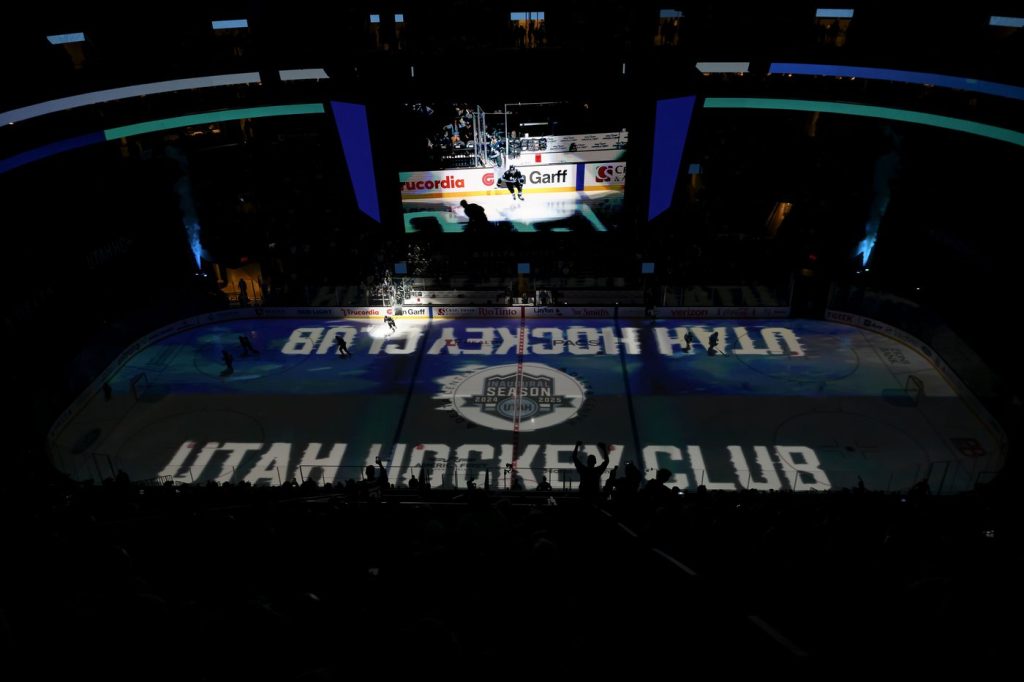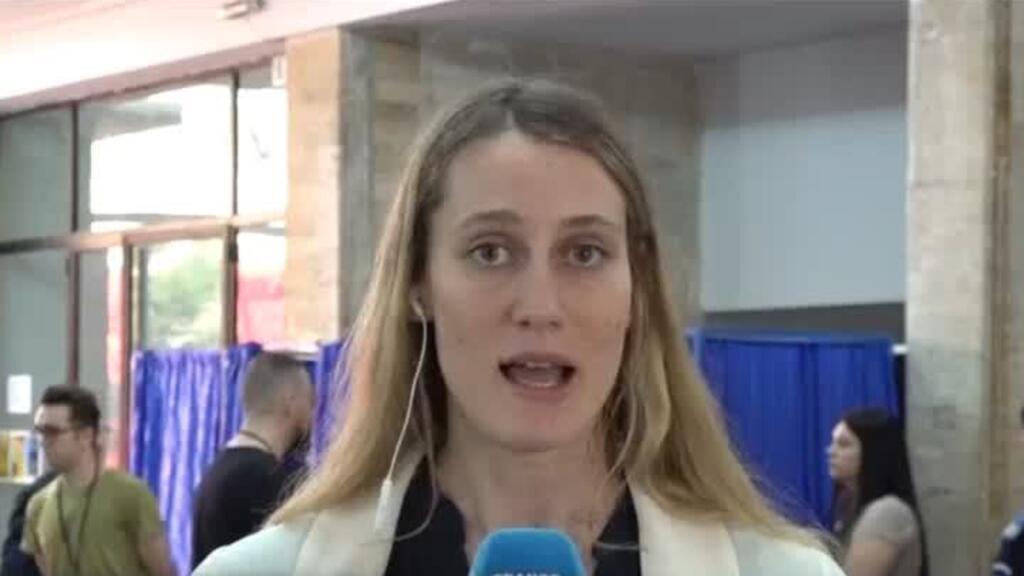The Papal Succession: A Significant Moment for the Catholic Church
The moment the Cardinals of the Roman Catholic Church gather to elect a successor to Pope Francis will be one of immense importance. Although the process itself is shrouded in age-old rituals and traditions, the first sign that a new Pope has been chosen will not be through an official communiqué or a social media announcement. Instead, all eyes will turn to the Sistine Chapel's chimney, where a puff of white smoke will emerge as the definitive symbol of the election’s completion.
This solemn event, likely to take place within the hallowed walls of the Vatican, calls upon a centuries-old tradition where the smoke rising from the chimney serves as a signal to the world. A single puff of white smoke signals that the Cardinals have reached consensus and a new Pope has been elected, while black smoke indicates that no decision has yet been made, prompting many to sit patiently, awaiting the next round of voting.
The Process of Electing a New Pope
The election of a new Pope involves a conclave, during which Cardinals from across the globe convene to discern who will take on the mantle of Pontiff. The process typically begins shortly after the death or resignation of a Pope. The Cardinals are sequestered in the Vatican, during which time they pray, discuss, and deliberate on potential candidates for the papacy.
During the conclave, each Cardinal casts their vote in secret. A candidate must garner a two-thirds majority to be elected as Pope. After each round of voting, the results are conveyed through the aforementioned smoke signals. This method not only signifies the outcome to those gathered below but also holds great symbolic weight within the Catholic community, emphasizing the transparency and communal aspect of the selection process.
The Role of the Papacy in the Catholic Church
The Pope is not merely a figurehead, but serves as the spiritual leader of over 1.3 billion Catholics worldwide. The responsibilities include guiding the Church’s teachings, engaging in diplomatic relations, and leading the Church's social and humanitarian efforts. Therefore, the election of a new Pope carries significant weight, as the Cardinal electors must consider the future direction of the Catholic Church in an ever-changing world.
The conclave will commence when a sufficient number of Cardinals—set at 120 or less who are under the age of 80—are eligible to vote. As of now, discussions have begun regarding potential candidates, and speculations abound as to who might succeed Pope Francis. The world is eagerly awaiting the outcome, as the next Pope will have a profound impact on the Church's practices and its engagement with current global challenges.
Conclusion
The forthcoming conclave represents both a continuation of a long-standing tradition and a pivotal moment for the Catholic Church. As the faithful and observers worldwide prepare to witness the outcome, they remain hopeful for a leader who can navigate the complexities of modern society while upholding the values of the Church. The smoke from the Sistine Chapel's chimney will serve as a beacon of this historic event, guiding the faithful into a new era.












